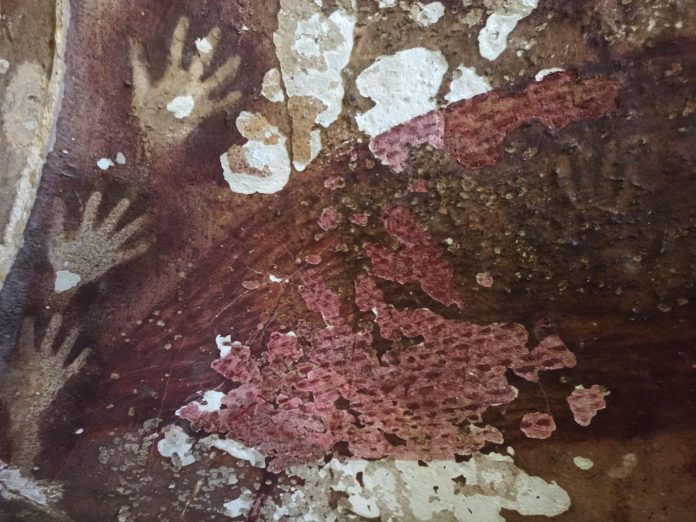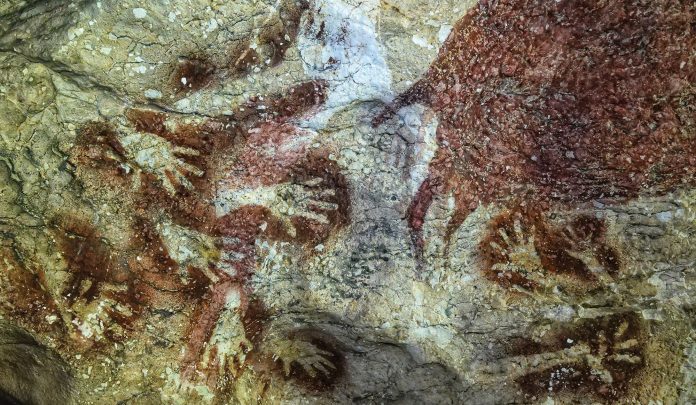The first time I hear about the amazing Sulawesi-based sailboat pinisi is in a 1917 article in the magazine Koloniale Studiën. It’s described as a “small schooner with European-style rigging,” which is pretty cool! As the archipelago’s seagoing vehicle, the ketsekunar-type sail, the pinisi was only recorded in the mid-19th century. It wasn’t until the early 20th century that more boats from Sulawesi began to arrive.
Another fascinating article about boatbuilding in the south-eastern tip of South Sulawesi comes from the Notitie, or ‘Notes’, by Cornelis Speelman, the leader of the Dutch East India Company fleet that attacked and conquered the sultanate of Makassar in 1666-1669. There are hundreds of pages of handwritten minutes of Speelman’s activities during the war. There are also several reports on the state of Sulawesi at the time.

Bira is a special place on Tanjung Lassem. Most of its people are boatbuilders, so it also has the most important Makassarese shipyards. This is because it is close to Bulukumba, which is rich in timber. This provides ironwood that is very durable with its unbelievable weight and various other types of wood. Isn’t that amazing?
Another fascinating manuscript on shipping and trade in the second half of the 17th century comes from the Amanna Gappa l Codex. In 1869, a Dutch scholar published an article called “The merchants of Sulawesi are to this day still highly respected by all merchants and sailors.” This fascinating manuscript also discusses the various rules that sailors, merchants, and passengers must follow while sailing and outlines how to divide the proceeds of a trading voyage.

It also describes the various routes that Sulawesi sailors used to sail at that time. It seems they were quite used to trading throughout the archipelago! This seafaring tradition is also reflected in several Bugis nautical charts of the 18th and 19th centuries, which follow the descriptions in Amanna Gappa I’s seafaring text.
This amazing pinisi ship has a fascinating history! It was built in the 14th century AD by one of the crown princes of the Luwu Kingdom, Sawerigading. He chose to make it from walengreng tree, which is known as a tree that is not fragile. The first pinisi ship was made with the aim of sailing to China to migrate.
However, on the way to the island, this ship had to be shipwrecked in the ocean because it was hit by a large wave until it broke into three parts. The three parts of the pinisi ship were then scattered to three different areas, namely the Tanah Lemo, Bira, and Ara areas. This pinisi ship is widely used by the Bugis tribe in Sulawesi as a means of transportation and a means of fishing.
The lovely name “pinisi” was given by the King of Tallo, and some say it comes from the Bugis language, which means “insert.” This amazing ship has been around since the 14th century, but it wasn’t really discovered until the 19th century.
Types Of Pinisi Boat
There are three main ways to classify boat types. Some terms describe the sails, some describe the shape of the hull, and some are derived from the manner and purpose of use. Nusantara boats are built by assembling part of the hull from planks spliced together with straps or pegs before attaching the skeleton (tusks). Unlike most historical sailing ships with rectangular sterns, these Nusantara boats have pointed sterns.
I’m so excited to share with you all the different types of pinisi ships! I’ll start with the ones that are still around today, and then I’ll move on to the ones that are no longer in use.
- Toop
- Padewakang
- Palari
- Pinisi



